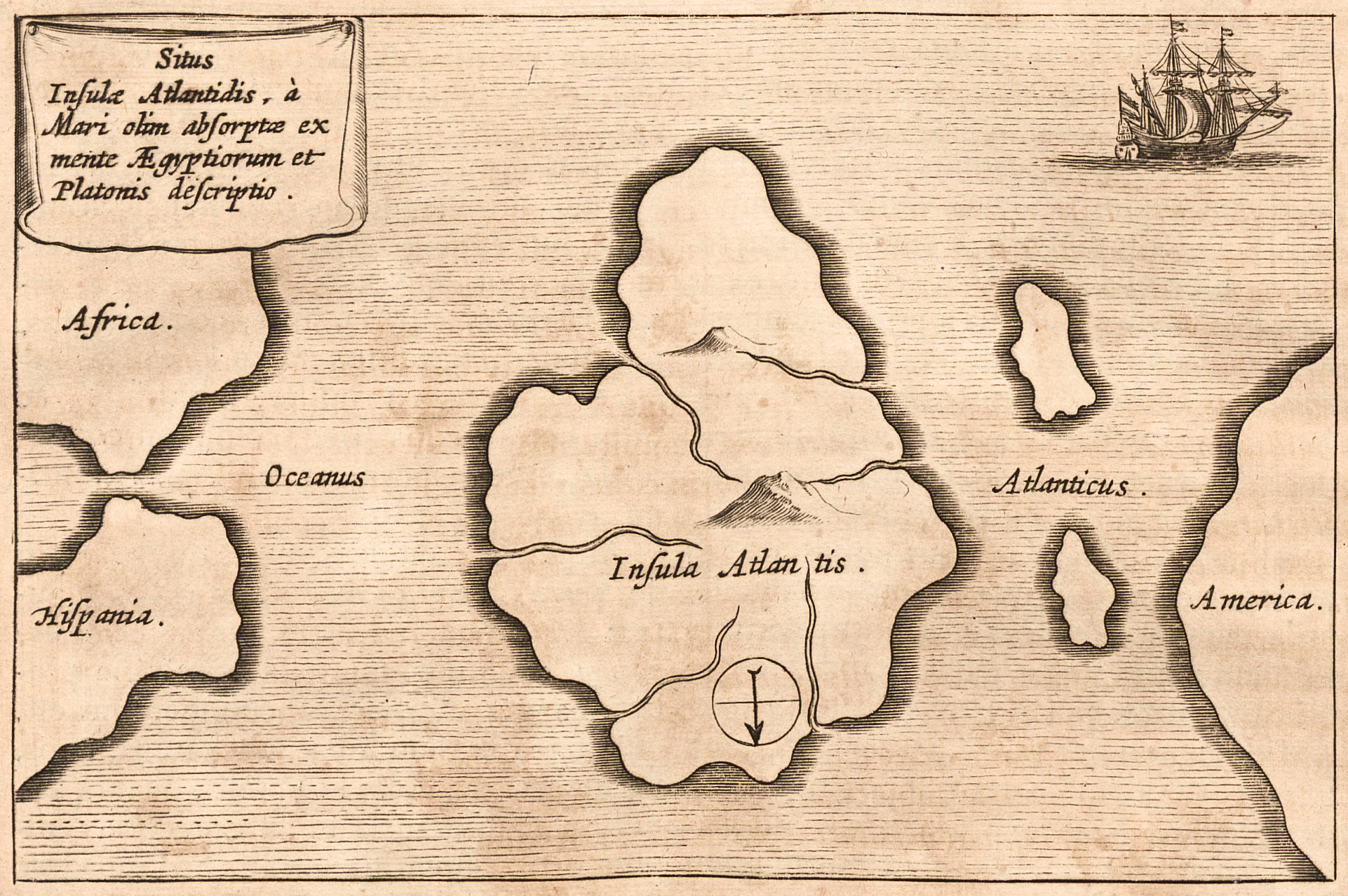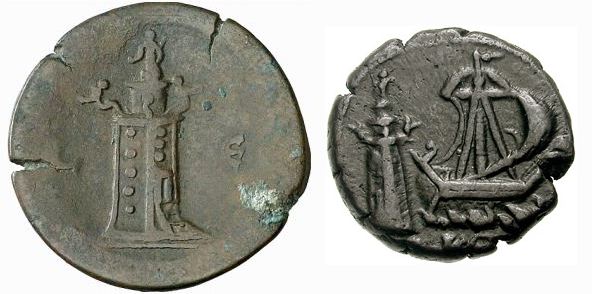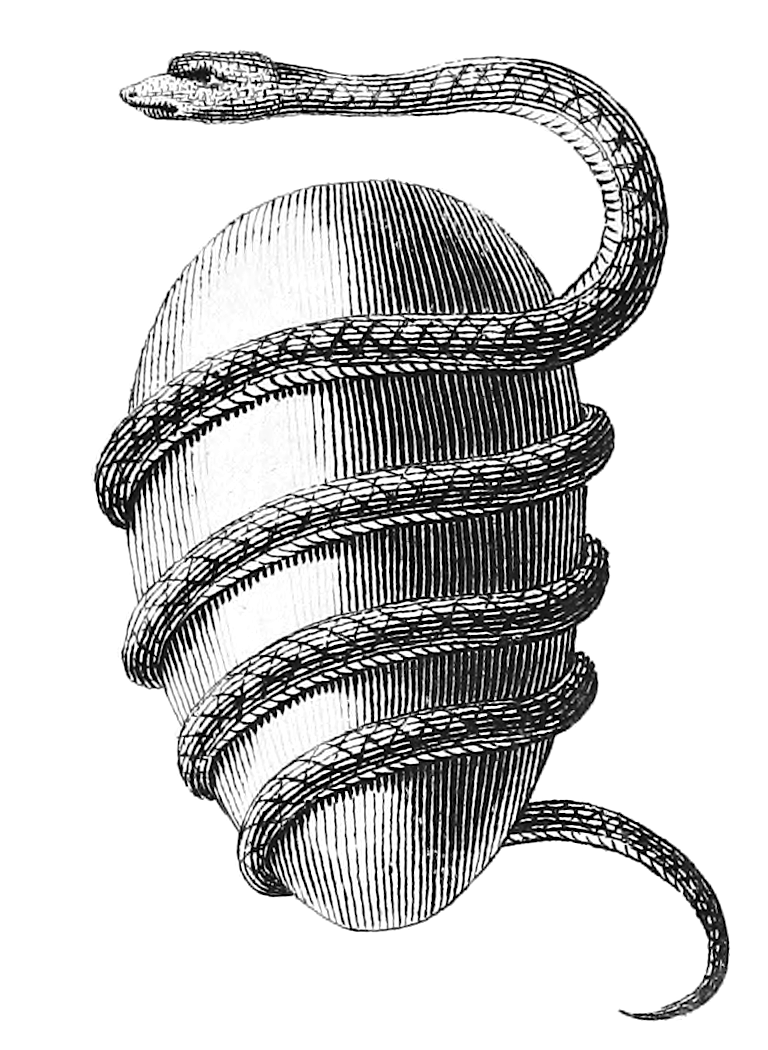|
Location Hypotheses Of Atlantis
There are several hypotheses about real-world events that could have inspired Plato's fictional story of Atlantis, told in the ''Timaeus'' and ''Critias''. While Plato's story was not part of the Greek mythic tradition and his dialogues use it solely as an allegory about hubris, researchers have speculated about real natural disasters that could have served as inspiration. Additionally, many works of pseudohistory and pseudoarchaeology treat the story as fact, offering reinterpretations which tie to national mysticism or theories of ancient aliens. While Plato's story explicitly locates Atlantis in the Atlantic Ocean near the Pillars of Hercules, location hypotheses include Helike, Thera, Troy, and the North Pole. North-West of Egypt: From Greece to Spain Most theories of the placement of Atlantis center on the Mediterranean, influenced largely by the geographical location of Egypt from which the story allegedly is derived. Island of Pharos Robert Graves in his ''The Greek M ... [...More Info...] [...Related Items...] OR: [Wikipedia] [Google] [Baidu] |
Atlantis Map 1882 Crop
Atlantis ( grc, Ἀτλαντὶς νῆσος, , island of Atlas) is a fictional island mentioned in an allegory on the hubris of nations in Plato's works ''Timaeus'' and ''Critias'', wherein it represents the antagonist naval power that besieges "Ancient Athens", the pseudo-historic embodiment of Plato's ideal state in '' The Republic''. In the story, Athens repels the Atlantean attack unlike any other nation of the known world, supposedly bearing witness to the superiority of Plato's concept of a state. The story concludes with Atlantis falling out of favor with the deities and submerging into the Atlantic Ocean. Despite its minor importance in Plato's work, the Atlantis story has had a considerable impact on literature. The allegorical aspect of Atlantis was taken up in utopian works of several Renaissance writers, such as Francis Bacon's '' New Atlantis'' and Thomas More's ''Utopia''. On the other hand, nineteenth-century amateur scholars misinterpreted Plato's narrativ ... [...More Info...] [...Related Items...] OR: [Wikipedia] [Google] [Baidu] |
Rudbeck Atlantis
Rudbeck is a surname. Notable people with the surname include: *Olaus Rudbeck (1630–1702), Swedish scientist and writer, professor of medicine at Uppsala University, son of Bishop Johannes Rudbeck of Vasteras *Olof Rudbeck the Younger Olof Rudbeck the Younger or Olaus Rudbeckius d.y. (15 March 1660 – 23 March 1740) was a Swedish explorer, scientist, botanist, ornithologist and rector of Uppsala University. Biography Olof Rudbeck was born in Uppsala, Sweden, the son of Ola ... (1660–1740), Swedish explorer and scientist, son of Olaus Rudbeck Sr., ennobled 1719 by Queen Ulrika Eleanora. * Johannes Rudbeck (1581–1646), bishop at Västerås, Sweden, from 1619 until his death {{surname sv:Rudbeck ... [...More Info...] [...Related Items...] OR: [Wikipedia] [Google] [Baidu] |
Archaeology (magazine)
''Archaeology'' is a bimonthly magazine for the general public, published by the Archaeological Institute of America The Archaeological Institute of America (AIA) is North America's oldest society and largest organization devoted to the world of archaeology. AIA professionals have carried out archaeological fieldwork around the world and AIA has established re .... The institute also publishes the professional '' American Journal of Archaeology.'' The editor-in-chief was Peter Young until 2011 when he was replaced by Claudia Valentino. Jarrett A. Lobell assumed the editorship from Valentino in November 2018. References External links * Science and technology magazines published in the United States Archaeology magazines Magazines established in 1948 Bimonthly magazines published in the United States Magazines published in New York City {{archaeology-mag-stub ... [...More Info...] [...Related Items...] OR: [Wikipedia] [Google] [Baidu] |
History (U
History (derived ) is the systematic study and the documentation of the human activity. The time period of event before the invention of writing systems is considered prehistory. "History" is an umbrella term comprising past events as well as the memory, discovery, collection, organization, presentation, and interpretation of these events. Historians seek knowledge of the past using historical sources such as written documents, oral accounts, art and material artifacts, and ecological markers. History is not complete and still has debatable mysteries. History is also an academic discipline which uses narrative to describe, examine, question, and analyze past events, and investigate their patterns of cause and effect. Historians often debate which narrative best explains an event, as well as the significance of different causes and effects. Historians also debate the nature of history as an end in itself, as well as its usefulness to give perspective on the problems of the p ... [...More Info...] [...Related Items...] OR: [Wikipedia] [Google] [Baidu] |
Crete
Crete ( el, Κρήτη, translit=, Modern: , Ancient: ) is the largest and most populous of the Greek islands, the 88th largest island in the world and the fifth largest island in the Mediterranean Sea, after Sicily, Sardinia, Cyprus, and Corsica. Crete rests about south of the Greek mainland, and about southwest of Anatolia. Crete has an area of and a coastline of 1,046 km (650 mi). It bounds the southern border of the Aegean Sea, with the Sea of Crete (or North Cretan Sea) to the north and the Libyan Sea (or South Cretan Sea) to the south. Crete and a number of islands and islets that surround it constitute the Region of Crete ( el, Περιφέρεια Κρήτης, links=no), which is the southernmost of the 13 top-level administrative units of Greece, and the fifth most populous of Greece's regions. Its capital and largest city is Heraklion, on the north shore of the island. , the region had a population of 636,504. The Dodecanese are located to the no ... [...More Info...] [...Related Items...] OR: [Wikipedia] [Google] [Baidu] |
Akrotiri (prehistoric City)
Akrotiri (Greek: Ακρωτήρι, pronounced ) was a Cycladic Bronze Age settlement on the volcanic Greek island of Santorini (Thera). The settlement was destroyed in the Theran eruption sometime in the 16th century BC and buried in volcanic ash, which preserved the remains of fine frescoes and many objects and artworks. Akrotiri has been excavated since 1967 after earlier excavations on Santorini. History The earliest evidence for human habitation of Akrotiri can be traced back as early as the fifth millennium BC, when it was a small fishing and farming village. By the end of the third millennium, this community developed and expanded significantly. One factor for Akrotiri's growth may be the trade relations it established with other cultures in the Aegean, as evidenced in fragments of foreign pottery at the site. Akrotiri's strategic position on the primary sailing route between Cyprus and Minoan Crete also made it an important point for the copper trade, thus allowing it to ... [...More Info...] [...Related Items...] OR: [Wikipedia] [Google] [Baidu] |
Minoan Eruption
The Minoan eruption was a catastrophic Types of volcanic eruptions, volcanic eruption that devastated the Aegean Islands, Aegean island of Thera (also called Santorini) circa 1600 BCE. It destroyed the Minoan civilization, Minoan settlement at Akrotiri (prehistoric city), Akrotiri, as well as communities and agricultural areas on nearby islands and the coast of Crete with subsequent earthquakes and tsunamis. With a Volcanic Explosivity Index, VEI magnitude between 6 and 7, resulting in an ejection of approximately of dense-rock equivalent (DRE), the eruption was List of known large volcanic eruptions, one of the largest volcanic events on Earth in human history. Since tephra from the Minoan eruption serves as a marker horizon in nearly all archaeological sites in the Eastern Mediterranean, its precise date is of high importance and has been fiercely debated among archaeologists and volcanologists for decades, without coming to a definite conclusion. Although there are no clear ... [...More Info...] [...Related Items...] OR: [Wikipedia] [Google] [Baidu] |
Santorini ASTER
Santorini ( el, Σαντορίνη, ), officially Thira (Greek language, Greek: Θήρα ) and classical Greek Thera (English language, English pronunciation ), is an island in the southern Aegean Sea, about 200 km (120 mi) southeast from the Greece, Greek mainland. It is the largest island of a small circular archipelago, which bears the Santorini caldera, same name and is the remnant of a caldera. It forms the southernmost member of the Cyclades group of islands, with an area of approximately 73 km2 (28 sq mi) and a 2011 census population of 15,550. The municipality of Santorini includes the inhabited islands of Santorini and Therasia, as well as the uninhabited islands of Nea Kameni, Palaia Kameni, Aspronisi and Christiana Island, Christiana. The total land area is 90.623 km2 (34.990 sq mi). Santorini is part of the Thira (regional unit), Thira regional unit. The island was the site of one of the largest volcanic eruptions in recorded h ... [...More Info...] [...Related Items...] OR: [Wikipedia] [Google] [Baidu] |
Nile Delta
The Nile Delta ( ar, دلتا النيل, or simply , is the delta formed in Lower Egypt where the Nile River spreads out and drains into the Mediterranean Sea. It is one of the world's largest river deltas—from Alexandria in the west to Port Said in the east, it covers of Mediterranean coastline and is a rich agricultural region. From north to south the delta is approximately in length. The Delta begins slightly down-river from Cairo. Geography From north to south, the delta is approximately in length. From west to east, it covers some of coastline. The delta is sometimes divided into sections, with the Nile dividing into two main distributaries, the Damietta and the Rosetta, flowing into the Mediterranean at port cities with the same name. In the past, the delta had several distributaries, but these have been lost due to flood control, silting and changing relief. One such defunct distributary is Wadi Tumilat. The Suez Canal is east of the delta and enters the coa ... [...More Info...] [...Related Items...] OR: [Wikipedia] [Google] [Baidu] |
Lighthouse Of Alexandria
The Lighthouse of Alexandria, sometimes called the Pharos of Alexandria (; Ancient Greek: ὁ Φάρος τῆς Ἀλεξανδρείας, contemporary Koine ), was a lighthouse built by the Ptolemaic Kingdom of Ancient Egypt, during the reign of Ptolemy II Philadelphus (280–247 BC). It has been estimated to have been at least in overall height. One of the Seven Wonders of the Ancient World, for many centuries it was one of the tallest man-made structures in the world. The lighthouse was severely damaged by three earthquakes between 956 and 1323 AD and became an abandoned ruin. It was the third-longest surviving ancient wonder (after the Mausoleum at Halicarnassus and the extant Great Pyramid of Giza), surviving in part until 1480, when the last of its remnant stones were used to build the Citadel of Qaitbay on the site. In 1994, a team of French archaeologists dove into the water of Alexandria's Eastern Harbour and discovered some remains of the lighthouse on the sea f ... [...More Info...] [...Related Items...] OR: [Wikipedia] [Google] [Baidu] |
The Greek Myths
''The Greek Myths'' (1955) is a mythography, a compendium of Greek mythology, with comments and analyses, by the poet and writer Robert Graves. Many editions of the book separate it into two volumes. Abridged editions of the work contain only the myths and leave out Graves's commentary. Each myth is presented in the voice of a narrator writing under the Antonines, such as Plutarch or Pausanias, with citations of the classical sources. The literary quality of his retellings is generally praised. Following each retelling, Graves presents his interpretation of its origin and significance, influenced by his belief in a prehistoric Matriarchal religion, as discussed in his book ''The White Goddess'' and elsewhere. Graves's theories and etymologies are rejected by most classical scholars. Graves argued in response that classical scholars lack "the poetic capacity to forensically examine mythology". Contents Graves interpreted Bronze Age Greece as changing from a matriarchal society ... [...More Info...] [...Related Items...] OR: [Wikipedia] [Google] [Baidu] |
Robert Graves
Captain Robert von Ranke Graves (24 July 1895 – 7 December 1985) was a British poet, historical novelist and critic. His father was Alfred Perceval Graves, a celebrated Irish poet and figure in the Gaelic revival; they were both Celticists and students of Irish mythology. Graves produced more than 140 works in his lifetime. His poems, his translations and innovative analysis of the Greek myths, his memoir of his early life—including his role in World War I—''Good-Bye to All That'', and his speculative study of poetic inspiration ''The White Goddess'' have never been out of print. He is also a renowned short story writer, with stories such as "The Tenement" still being popular today. He earned his living from writing, particularly popular historical novels such as ''I, Claudius''; '' King Jesus''; ''The Golden Fleece''; and ''Count Belisarius''. He also was a prominent translator of Classical Latin and Ancient Greek texts; his versions of ''The Twelve Caesars'' and ... [...More Info...] [...Related Items...] OR: [Wikipedia] [Google] [Baidu] |


.jpg)







